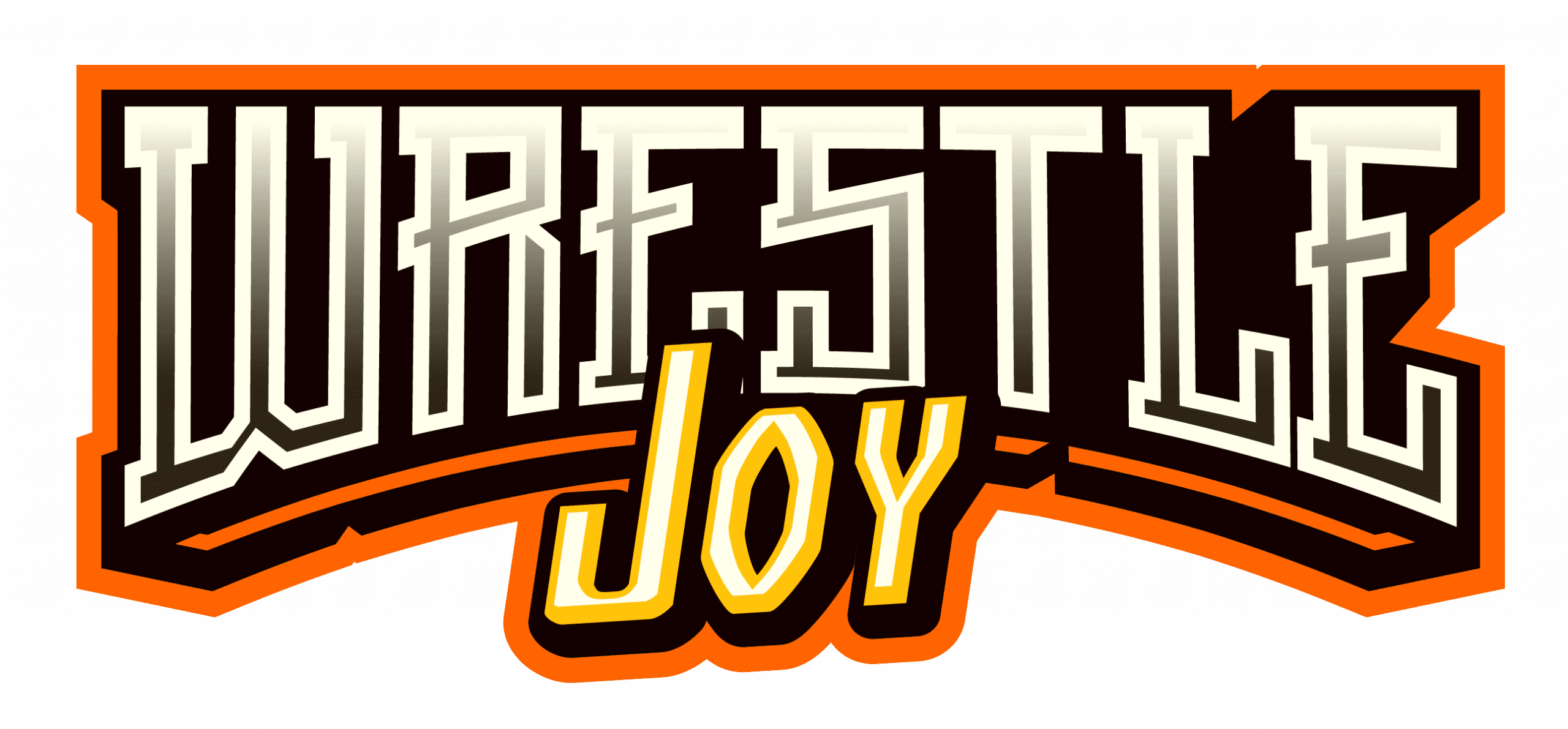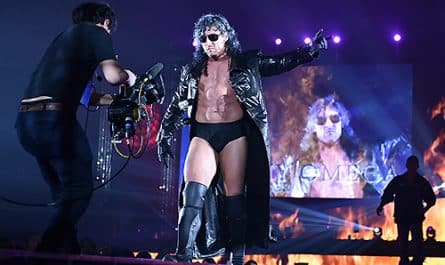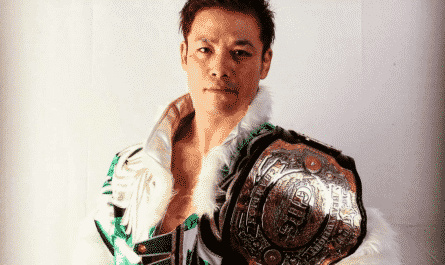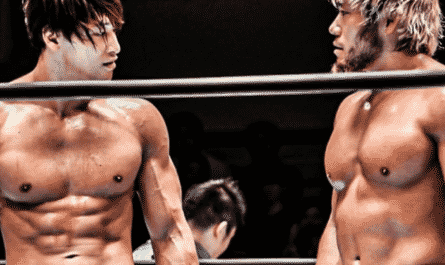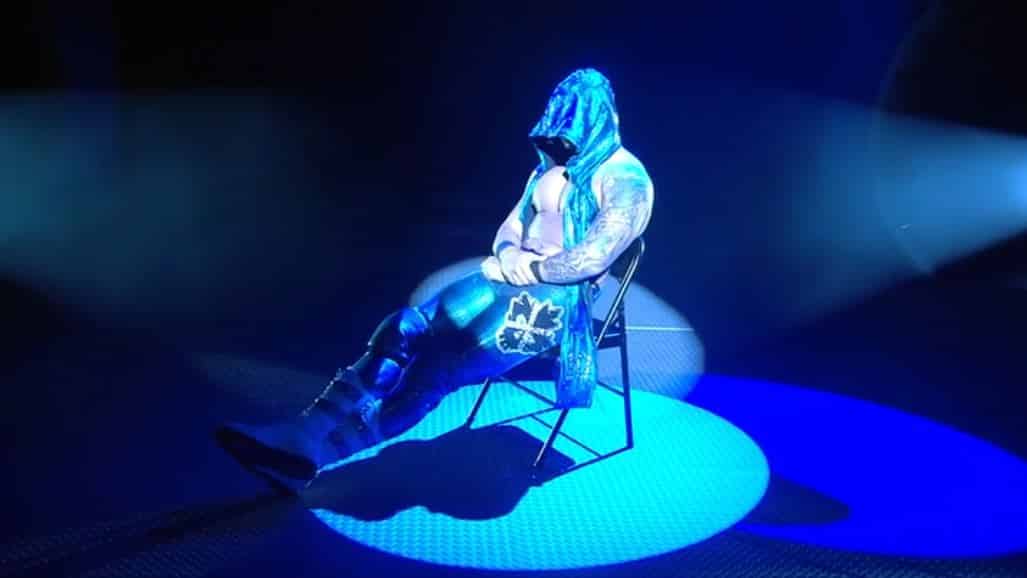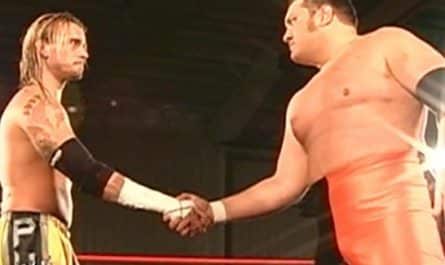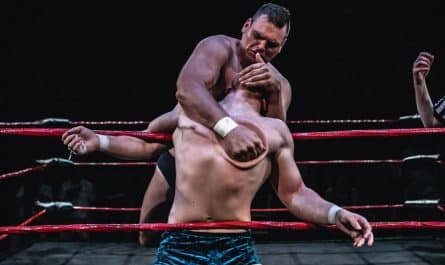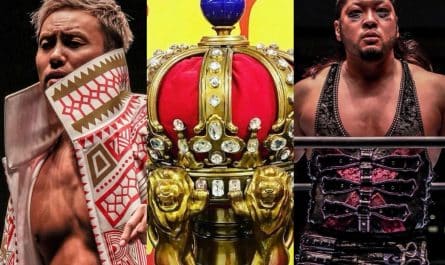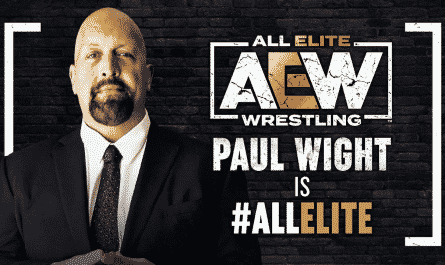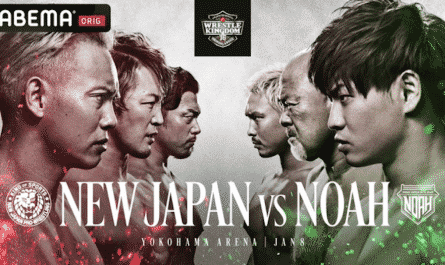Pro wrestling has long been a haven for outsiders. A home for those who don’t fit in regular society. Over the years, we’ve read countless stories of the business saving the lives of its talent because of its very nature. Pro wrestling, more than many other artistic endeavors, can give its performers so much love and appreciation. It can also be a hostile and competitive environment. Such is the case of Eddie Kingston and CM Punk.
During an explosive segment two weeks ago on AEW Dynamite, things seemed to get a little too real between Punk and Kingston. When the discussion locker room etiquette and personal opinions arose, how much was real and was for show?
After the deaths of WCW and ECW, the WWE decided that rather than relying on the last vestiges of the dead territory system, they needed to create their own talent. Ohio Valley Wrestling became the hub of the WWE developmental system. However, many old territorial wrestlers and up-coming talents didn’t fit the mold of what Vince McMahon deemed a WWE superstar. The abundance of talent and the need for fans for something different birthed the modern independent scene.
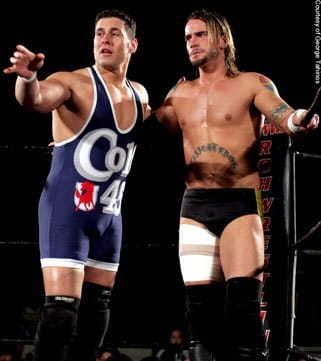
Both Punk and Kingston became fixtures on the burgeoning early-2000s indies. CM Punk grew up in Chicago’s southwest suburbs. The backyard wrestler has often discussed feeling like an outcast and finding acceptance in the world of straight-edge punk rock. When Punk debuted in 1999, he didn’t have an athletic background or in-ring smoothness of his training partner, Colt Cabana. The two made their way across the Midwest indy scene, taking their rivalry across the country before becoming major players in Ian Rotten’s IWA Mid-South. Under Rotten’s banner, Punk’s rivalry with Chris Hero became one of the most intriguing programs on the scene.
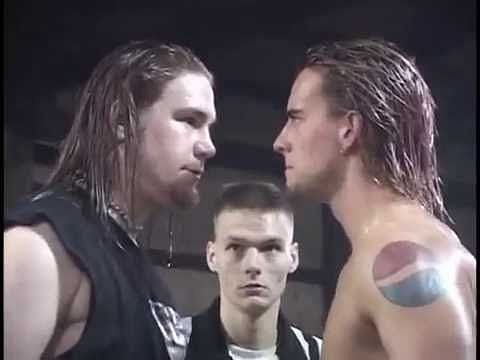
Much like Punk, Eddie Kingston talked about how difficult he found adolescence in his Player Tribune piece. While he never felt comfortable in the white bread suburbs, Kingston grew up in Yonkers, New York. The half-Puerto Rican/half-Irish also felt unaccepted, and he lashed out, fighting anyone and everyone. Like Punk, Kingston’s safe haven was pro wrestling. As an ironworker, Kingston saw a future he didn’t want and decided to enter the world of pro wrestling. Though he was kicked out of his first wrestling school, Kingston eventually found Chikara’s dojo. He was trained under Hero and the controversial owner, Mike Quackenbush.
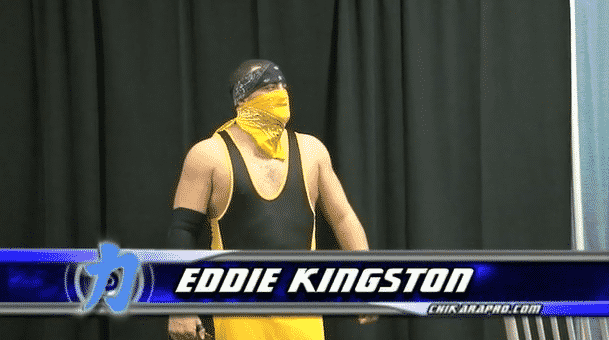
When Kingston debuted for Chikara in 2002, CM Punk became one of the fastest rising stars in the indies. With appearances in Ring of Honor, Full Impact Pro, MLW, and TNA, Punk became one of the hottest commodities on the scene. Though not a naturally gifted athlete, his demeanor and verbal skill made him a stand-out. However, this was also when the first stories of Punk’s admittedly prickly nature first came to light. A famous 2003 story involved Punk getting into a real-life fist fight with Teddy Hart outside of a Waffle House after a TNA show.
While Punk was an early indie sensation, Kingston showed early potential. In IWA Mid-South, he co-held the tag titles with original partner BlackJack Marciano. After a hiatus, Kingston returned to Chikara to align with Quackenbush against the Kings of Wrestling (Hero, Gran Akuma, Arik Cannon, and Claudio Castagnoli, aka Cesaro). Though Kingston wasn’t the superstar of Punk’s caliber, his own gift of gab and lovable demeanor garnered him respect in locker rooms across the country.
Though both consider themselves difficult personalities, Punk’s reputation proceeds him. While Kingston has burned more than his share of bridges, he’s a beloved presence amongst the workers themselves.
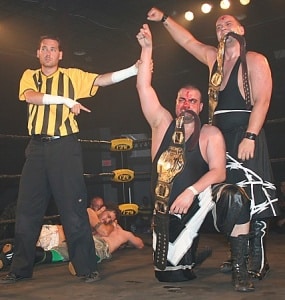
After an epic ROH title run, Punk signed with WWE and became one of the first Indy darlings to be picked up. Meanwhile, Kingston made his first impression in ROH as part of the CZW rivalry (the most successful U.S. invasion angle). While Punk was traveling the country, becoming a millionaire, Kingston worked VFW’s and bingo halls. Their paths had drifted so far, it’s hard to say that these two were even in the same business.
In the mid-2010s, both Punk and Kingston’s trajectories drifted even further apart. Punk famously walked away from WWE after the 2014 Royal Rumble. After almost a decade and a half of bouncing from CZW, ROH, Chikara, Germany’s WXW, and PWG, Eddie Kingston finally debuted on major cable television as part of TNA as part of James Storm’s Death Crew Council. As part of DCC, the group feuded with the Broken Hardy’s and TNA World Champion Eddie Edwards. However, the DCC run came during a bad time for the company, which attained an internet cult status on the back of Broken Matt Hardy. During this time, TNA transitioned from Dixie Carter and Billy Corgan to Anthem Entertainment, who merged the company with Jeff Jarrett’s Global Force. The move also coincided with Impact leaving Pop TV.
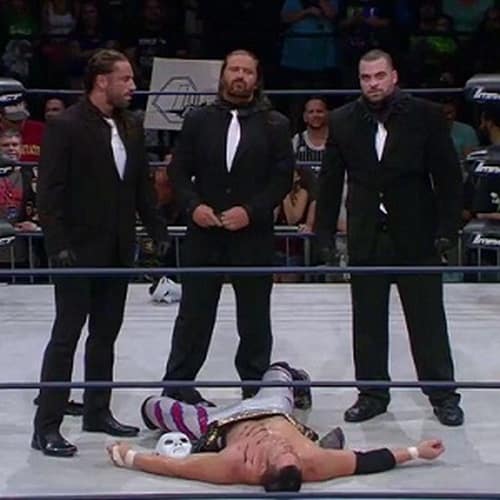
After turning on Storm, Kingston would resurface in the rebranded Impact Wrestling. Aligning with Konnan, Santana, Ortiz, and Diamante as the new LAX, fans got their first look what Kingston could do with a microphone. Original LAX members Homicide and Hernández splintered off under Kingston’s guidance as the OGz. The violent feud between LAX and the OGz was a highlight on the pre-AXS Impact shows. Unfortunately for Kingston, he left the company when the angle wrapped.
Punk famously experimented with MMA before making his shocking return to pro wrestling this summer. However, this Punk lacked the angsty outsider edge that made Punk an international star in WWE. It’s hard to stand against the system when the system has evolved into what you represent. What did Punk have to be angry about in AEW?
However, before Punk’s return, Eddie Kingston took a one-off match with Cody Rhodes for the TNT Championship. He parlayed it into one of the most inspiring stories in wrestling history. Initially, Kingston was supposed to be an Eddie Gilbert-type manager/wrestler. Kingston flourished in his feud with Jon Moxley and moved the crowd with his words and thoughts. When Eddie Kingston tuned babyface, he became one of the most beloved players in the company.
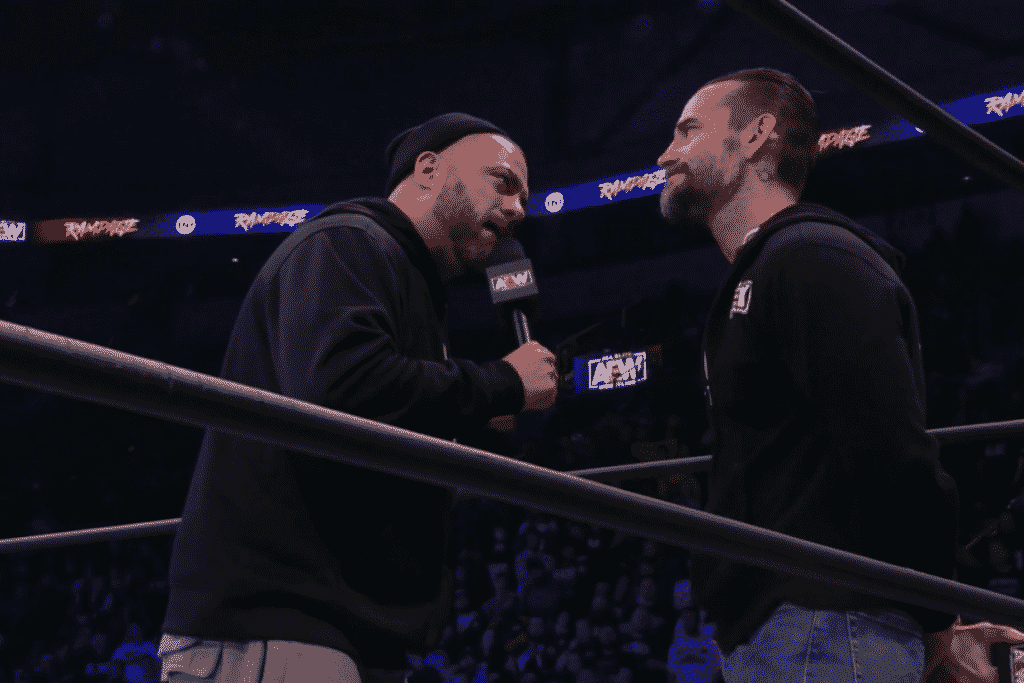
After his loss to Bryan Danielson, Kingston showed a bit of his real-life rage, which earned the scorn of Punk. During their in-ring confrontation, it was evident that Punk, whose very nature and ideals became the backbone of All Elite Wrestling, couldn’t be the spirit of the outsider. Before coming to AEW, CM Punk was essentially its patron Saint. He couldn’t be the voice of the outsider, But Eddie Kingston could. He wasn’t an indy superstar. He was a hardworking journeyman who represented everyone who never made it. Everyone who stood in their own way. Everyone who self-destructed but stood up to fight the next day again.
In AEW, CM Punk, he of the top-selling t-shirt and ice cream bars, is the establishment. In a bitter twist, in this company, he’s John Cena, while Eddie Kingston has evolved into the voice of the voiceless.
Their rivalry truly begins this weekend, at AEW’s Full Gear PPV on Saturday night.
